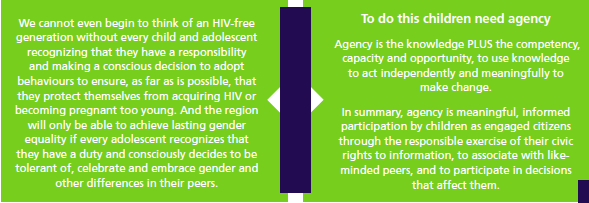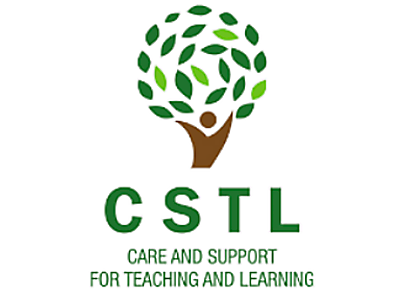How we build CSTL schools?
What are children’s civic responsibilities to sustain development?
In order to sustain development, children have the responsibility to:
• Engage in responsible, healthy behaviours to live long and healthy lives
• Not be a costly burden to families and society due to illness or risky behaviours
• Be tolerant and respectful of others, despite differences, in their families, schools and communities
• Be contributing members of their families and one day be good parents who support the development of their children to their full potential
• Be independent thinkers and problem solvers of challenges preventing their own development, as well the development of their families and communities
• Be employed or create jobs and pay taxes
• Provide leadership of their communities and countries
• Be the next generation of strong governors with the ability to make decisions in the interests of the broader community
Africa, including the SADC region, has a growing child and adolescent population. This represents one of the biggest assets and opportunities for achieving sustainable development. Every child has the potential to change their own lives, and the lives of their families, schools and communities. This however depends on how well all children are prepared, motivated and supported to become agents of change. It depends on how well children are empowered to become active and engaged citizens who adopt the attitudes, behaviours and practices that will bring an end to the development challenges facing the region as we move towards and beyond 2030.
For example, HIV&AIDS remains one of the biggest development challenges in the SADC region: there are high levels of HIV transmission among adolescents, especially girls, and far too many HIV-related deaths.
Changing this depends on adolescents taking responsibility for changing their attitudes, behaviours and practices. It depends on their being empowered with the agency they need to make these changes.

Sign in to add your comment.
Shortcuts
RECOMMENDED
CSTLPULSE.africa is a community for every education stakeholder across SADC Member States. The content shared on the platform combines content originated from CSTL as well as third party content from partners, open sources, and our community. To understand our permission policy please refer to A Better Africa's privacy statement.
FutureLife-Now! Newsletter.
Click here to view some of the ideas and comments from the Teachers' mental health and well-being forum.
Thank you to all who attended the CSTL One Community - SADC Collaborates Conference on November 23rd and 24th, 2023. Click here to view all recordings and pdf documents of keynote speaker presentations.
Translation * Traduction * Tradução
Disclaimer: The team at CSTL Pulse has utilised an online automated translator. As a result parts of the French and Portuguese translation may not be completely correct.
Avis de non-responsabilité : l'équipe de CSTL Pulse a utilisé un traducteur automatisé en ligne. Par conséquent, certaines parties de la traduction française et portugaise peuvent ne pas être tout à fait correctes.
Isenção de responsabilidade: a equipe do CSTL Pulse utilizou um tradutor automático online. Como resultado, partes da tradução francesa e portuguesa podem não estar completamente corretas.




